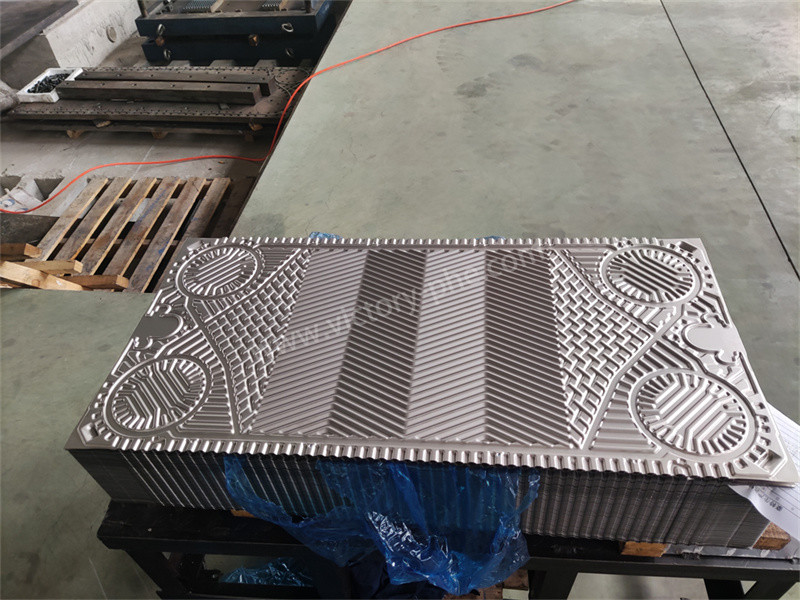Changzhou Victory Technology Co., LTD |
|
Verified Suppliers
|
|
Product Description
GEA Heat Exchanger For Dilute Sulfuric Acid To Use Which Kind Of Plate
GEA Heat Exchanger Plates
For the selection of a plate heat exchanger for dilute sulfuric acid media, consider the following factors:
Material Selection: Choose corrosion-resistant materials such as stainless steel, titanium alloys, or nickel alloys due to the corrosive nature of dilute sulfuric acid.
Heat Exchanger Type: Select a plate heat exchanger designed to handle corrosive media, ensuring the materials and gaskets can withstand the corrosion from dilute sulfuric acid.
Fluid Flow Rate: Maintain moderate flow rates for dilute sulfuric acid in the plate heat exchanger to ensure efficient heat transfer while avoiding corrosion of the tube walls.
Heat Transfer Area: Choose the appropriate size and heat transfer area of the plate heat exchanger based on the required heat transfer capacity and fluid temperature differentials.
Cleaning and Maintenance: Dilute sulfuric acid media can lead to fouling and corrosion issues in plate heat exchangers, so regular cleaning and maintenance are essential.
By considering these factors and selecting the appropriate plate heat exchanger, you can effectively handle dilute sulfuric acid media, ensuring safe operation and efficient heat transfer in the system.
| Brand | Model |
GEA | VT04,VT10,VT20,VT40,VT80,VT405,VT2508,N40,FA184,NT50,NT100T,NT100M NT100X,NT150S,NT150L,NT250S,NT250M,NT250L,NT350S, NT350M,NT500 |
| Material | Specification |
| Stainless Steel | SUS304 316 316L 310S 904 |
| Titanium and titanium-palladium alloy | TAi TAi-Pd |
| Hastelloy | C276 D205 B2G |
| Nickel | Ni200 Ni201 |
| Molybdenum | 254 |
Applacations
| Plate material | Suitable for fluids |
| Stainless steel (SUS304.316, etc.) | Purified water, river water, edible oil, mineral oil |
| Titanium and titanium palladium (Ti, Ti-Pd) | Sea water, salt water, salt compounds |
| 20Cr,18Ni,6Mo(254SMO) | Dilute sulfuric acid, dilute salt aqueous solution, inorganic aqueous solution |
| Nickel (Ni) | High temperature, high concentration caustic soda |
| HASTELLOY alloy (C276, D205, B2G) | Concentrated sulfuric acid, hydrochloric acid, phosphoric acid |
Heat exchanger plate Choose:
Production Process:
The production of stainless steel plates for plate heat exchangers involves several precise steps to ensure high-quality performance and longevity.

